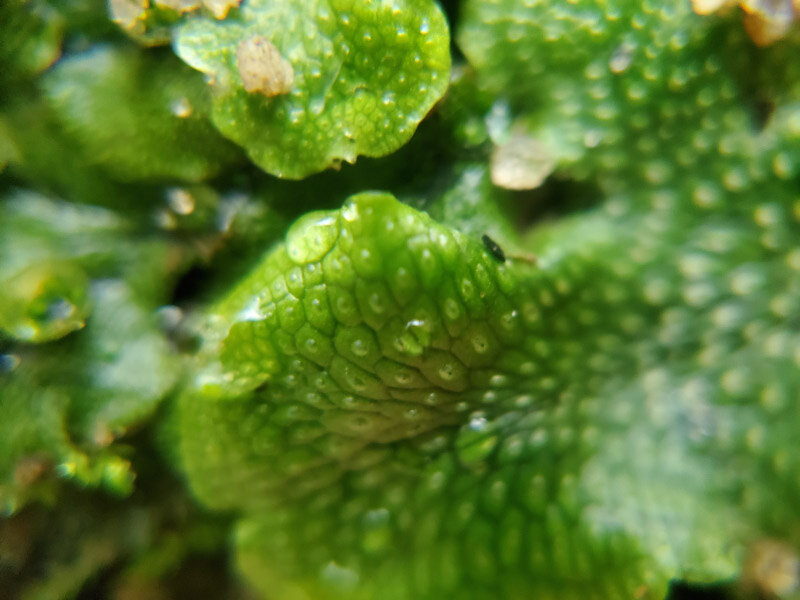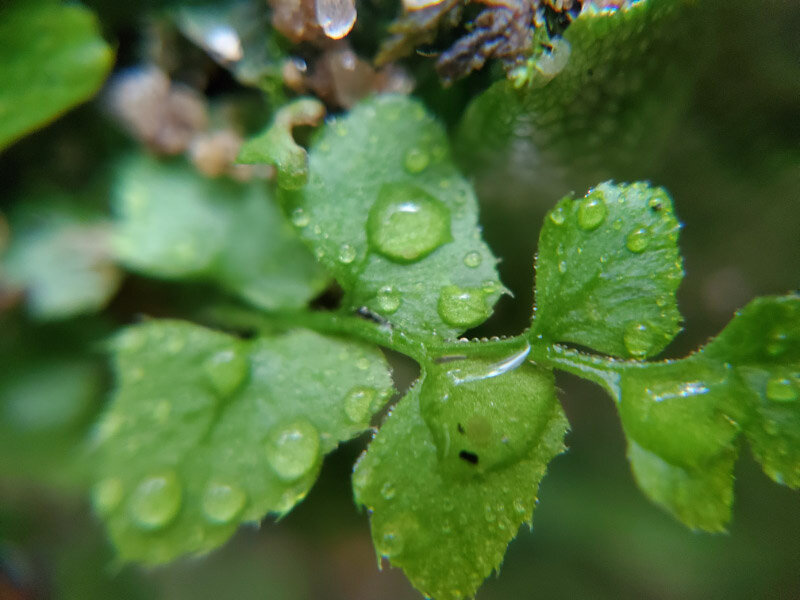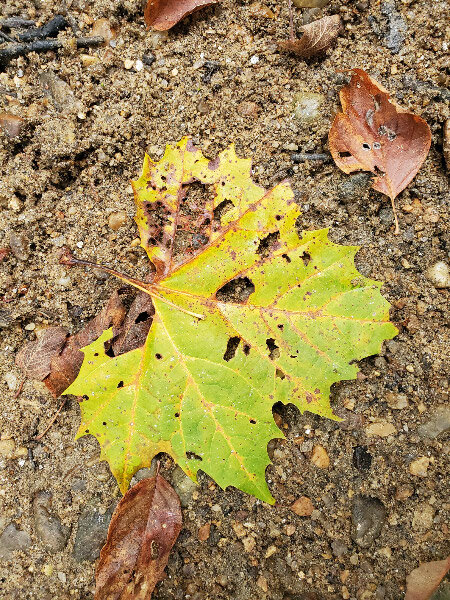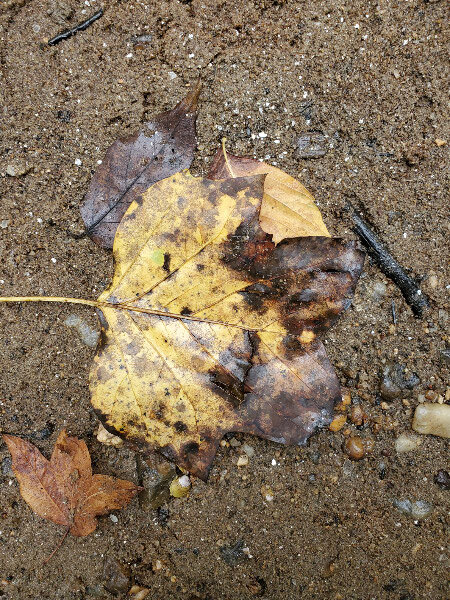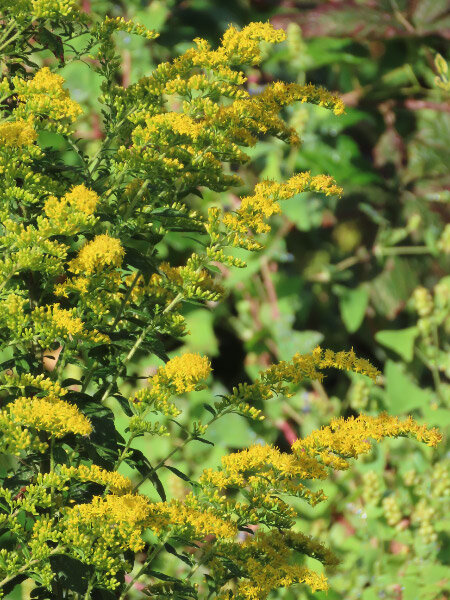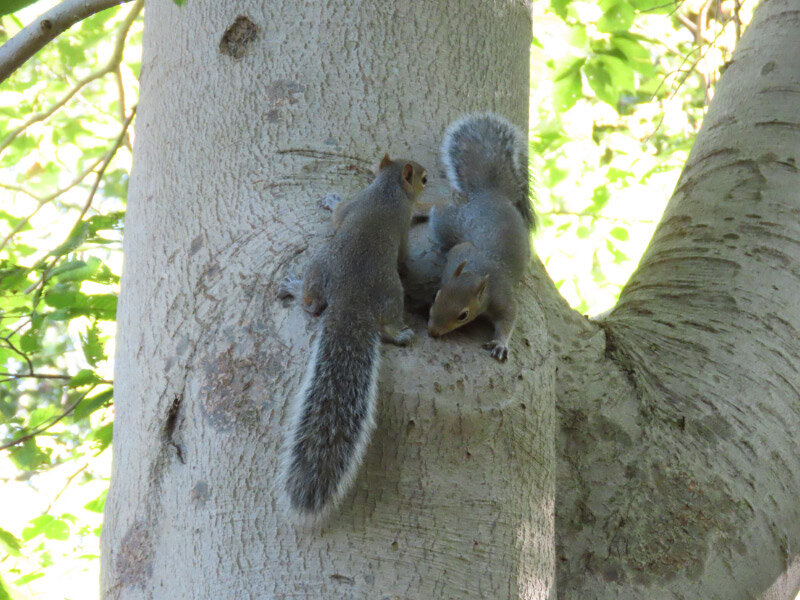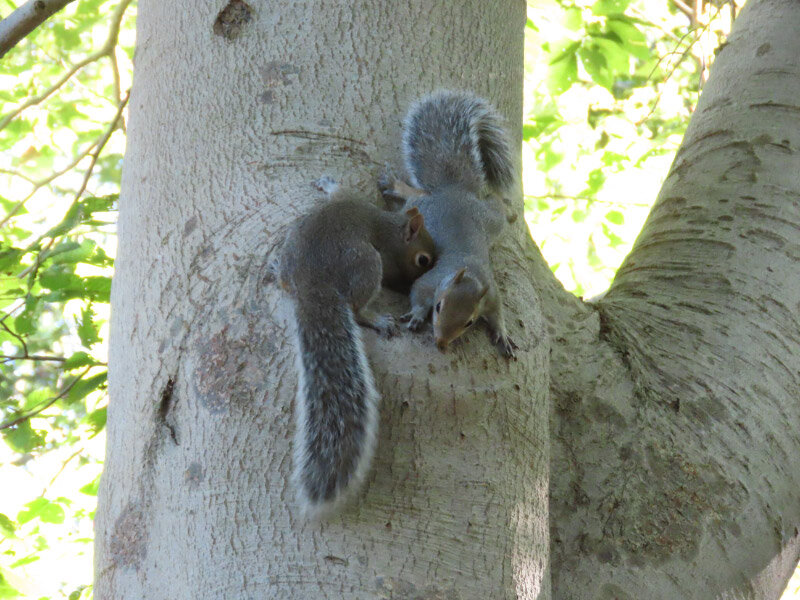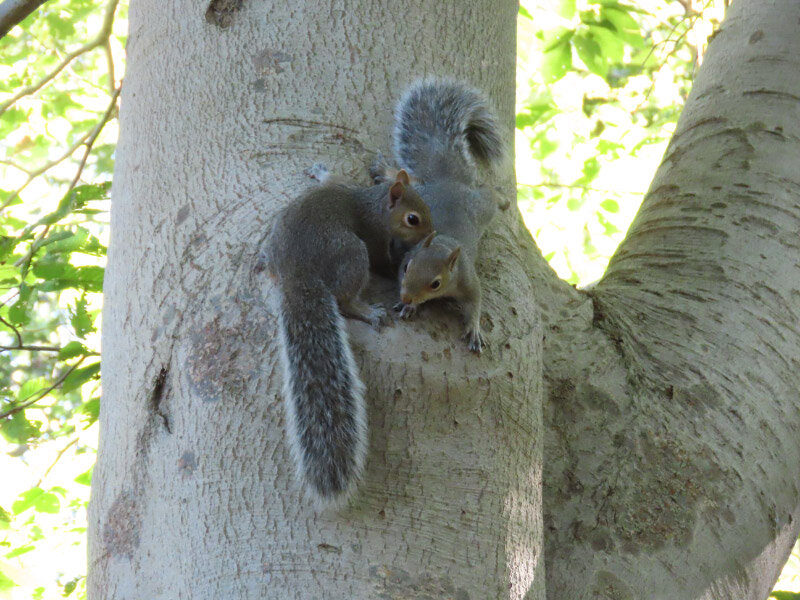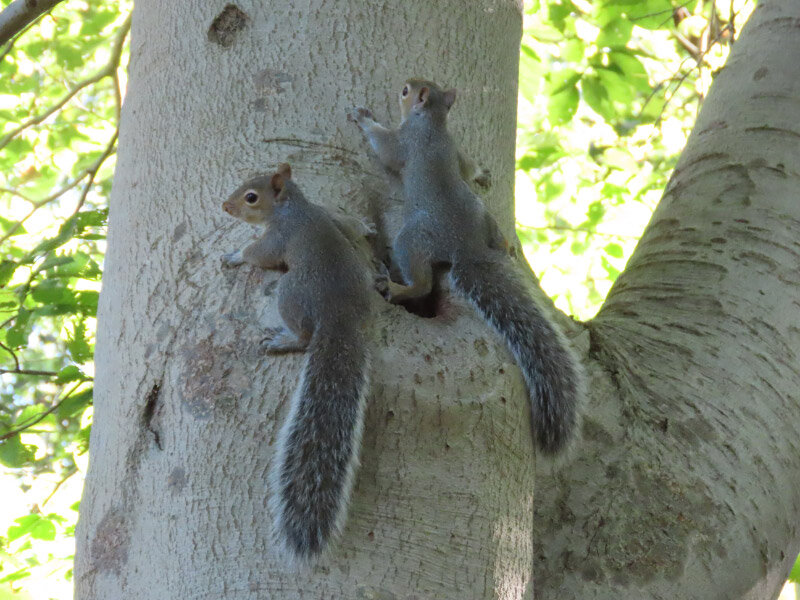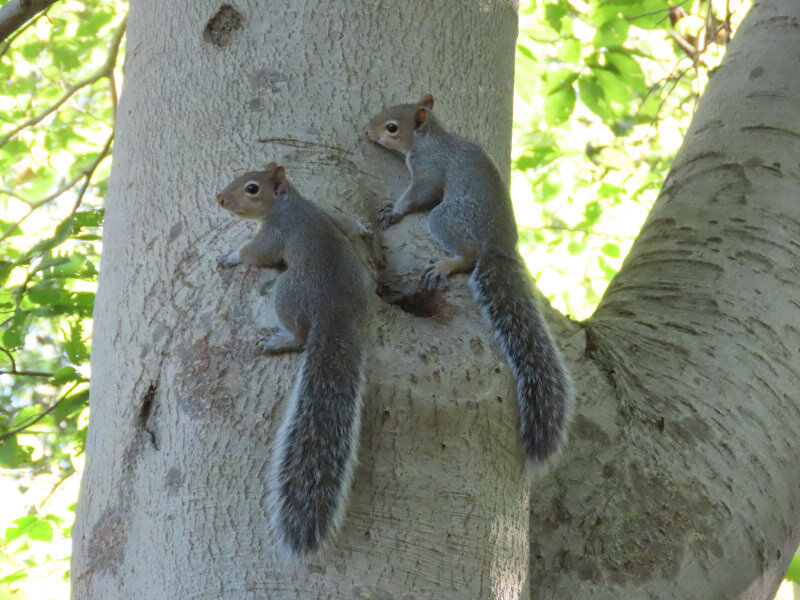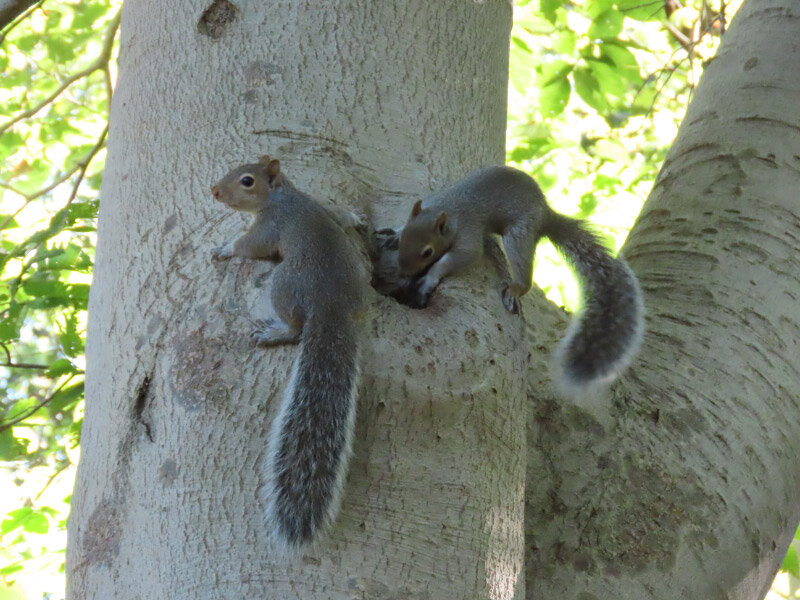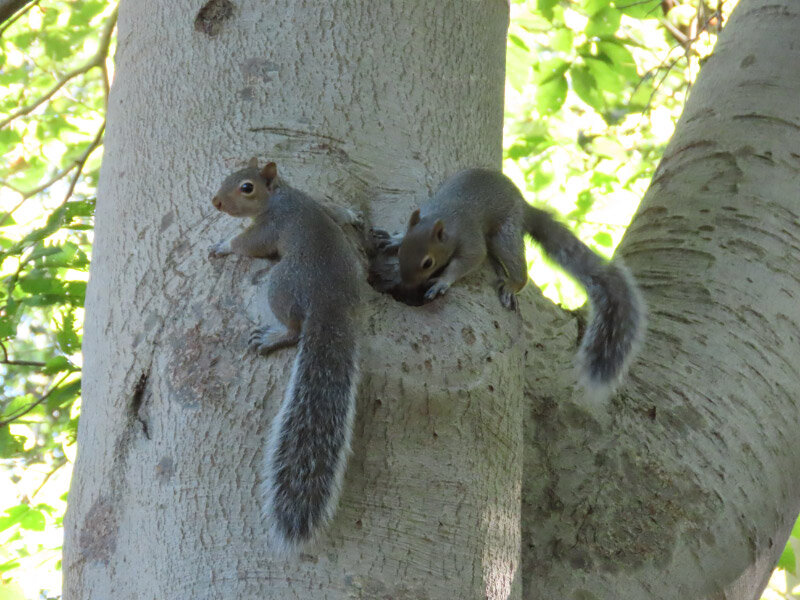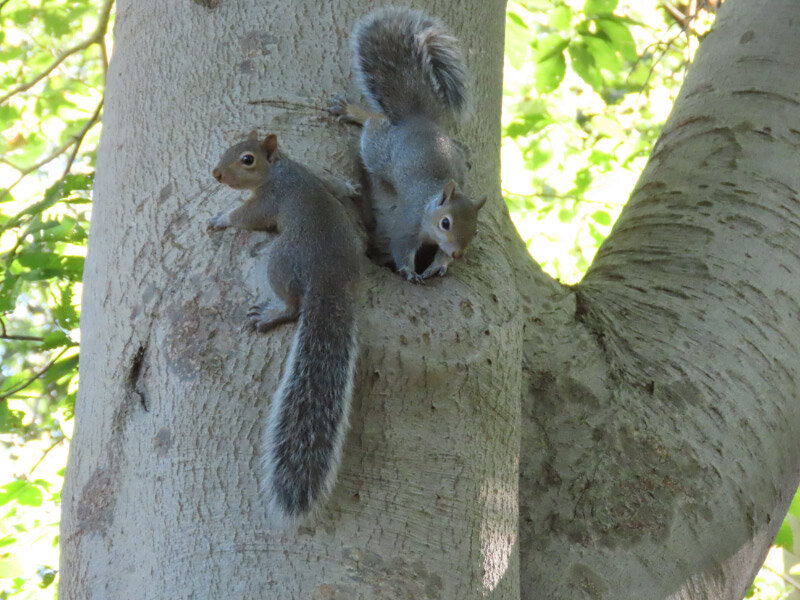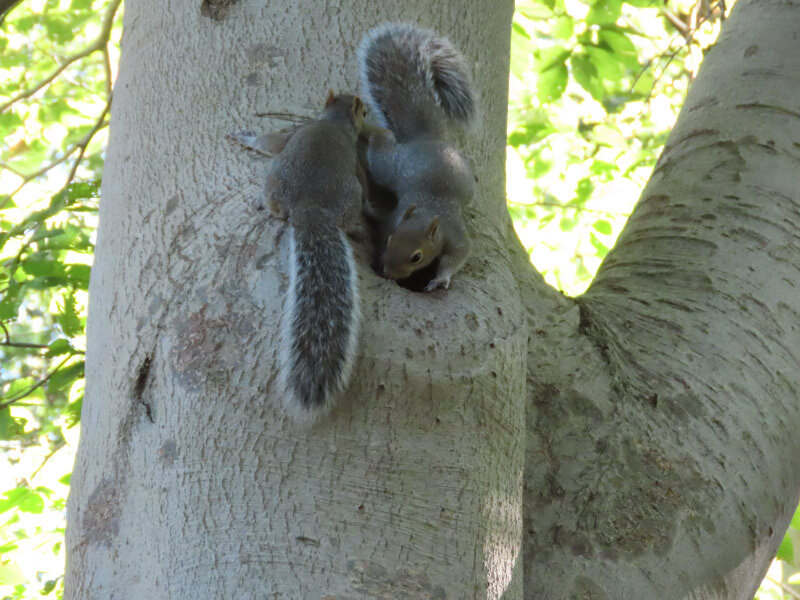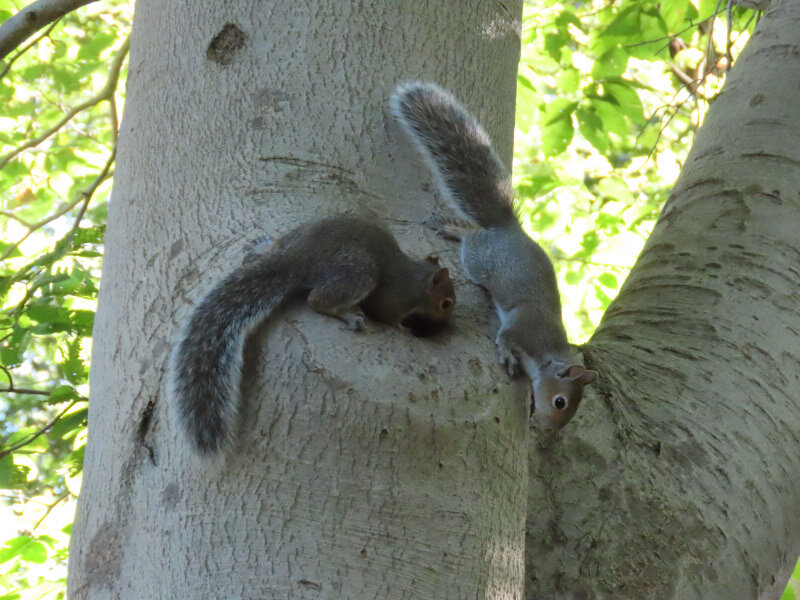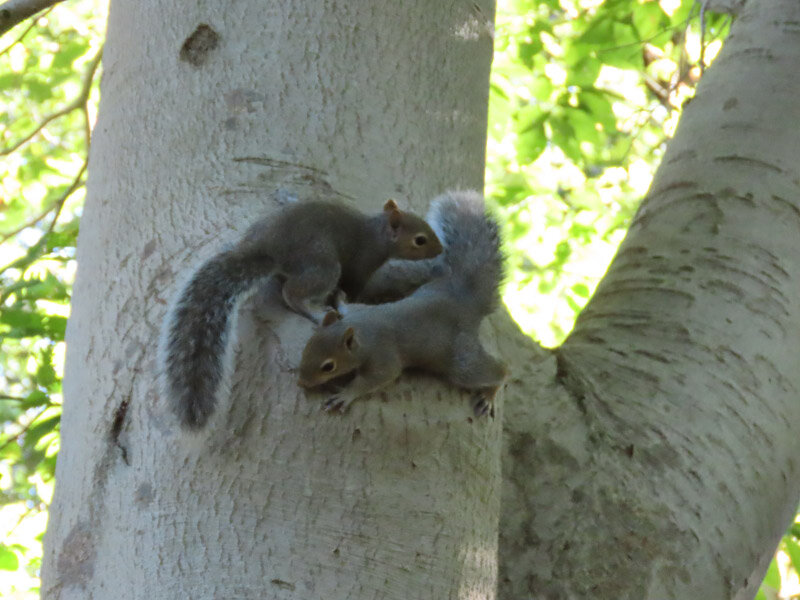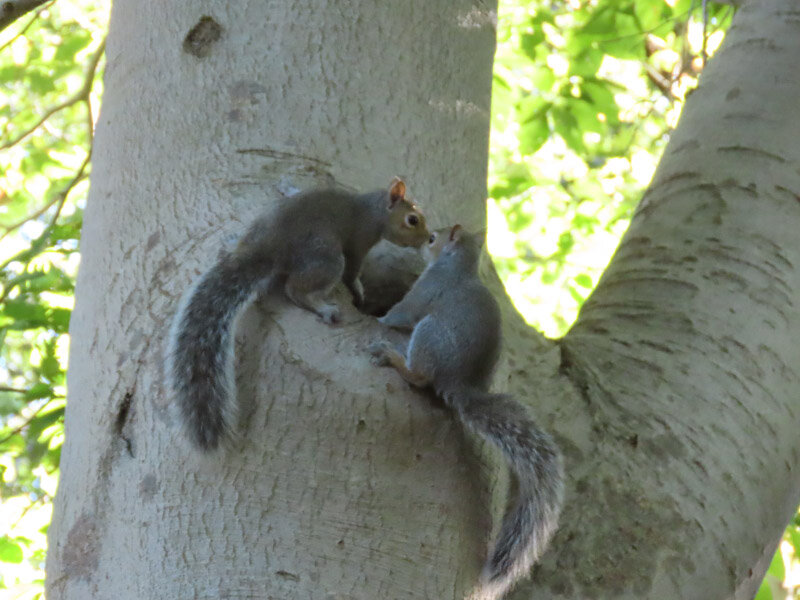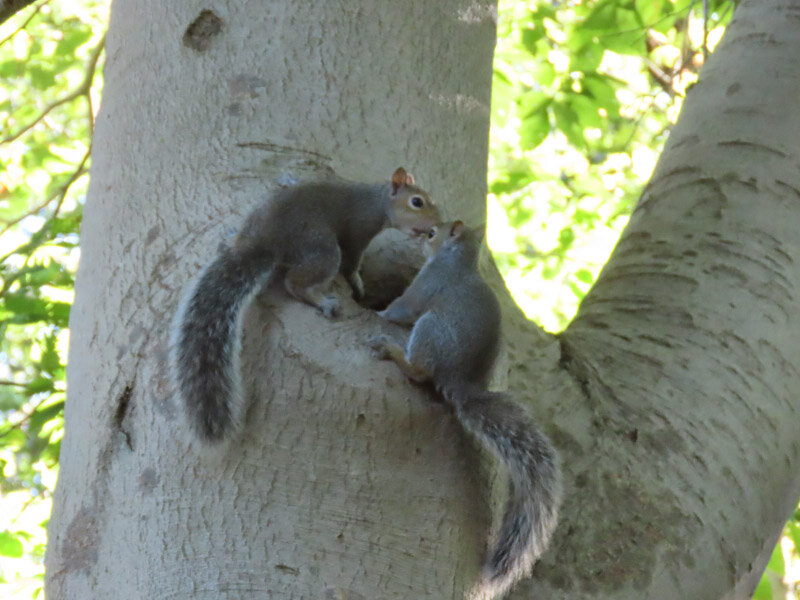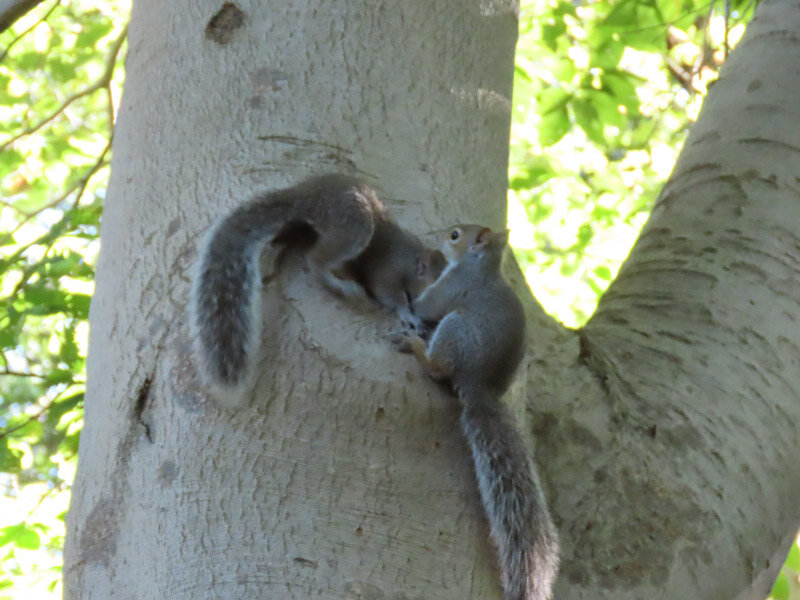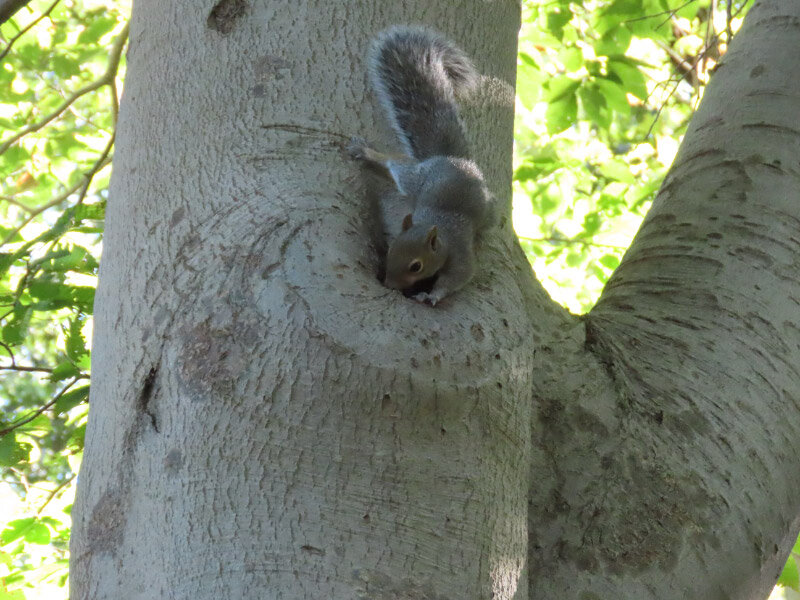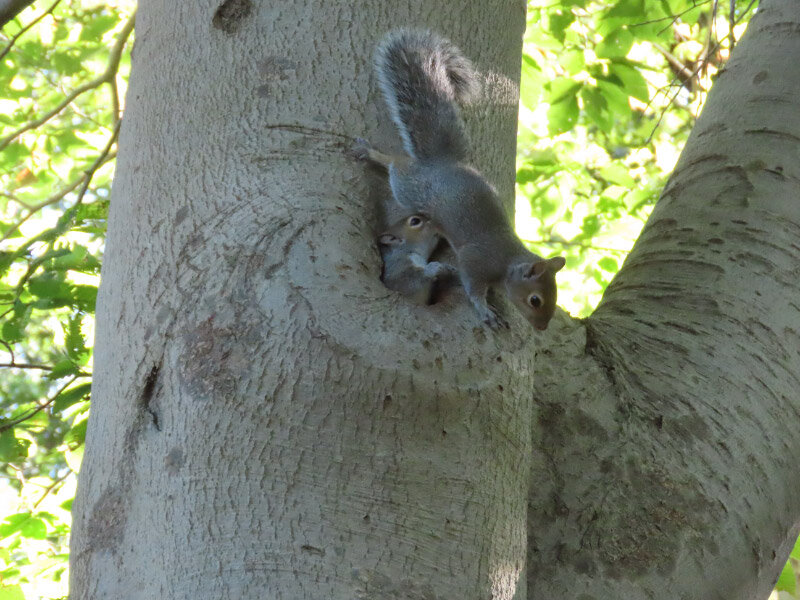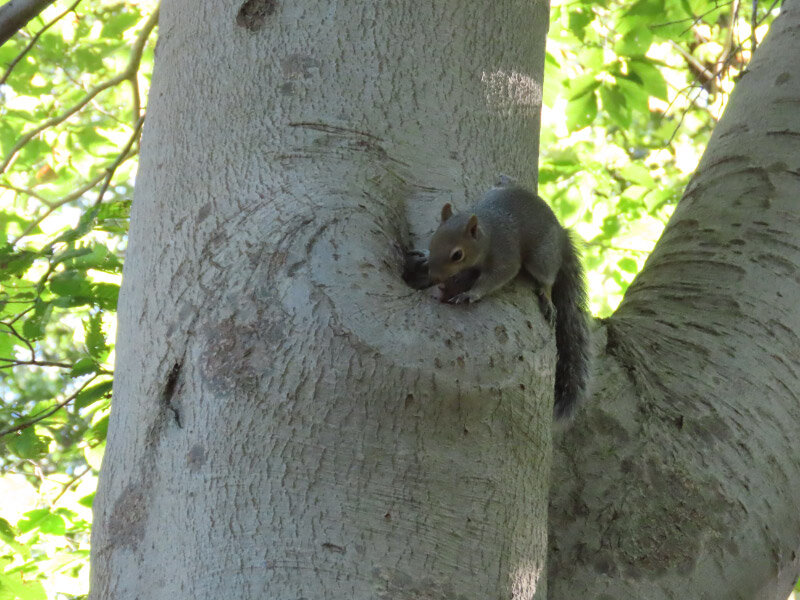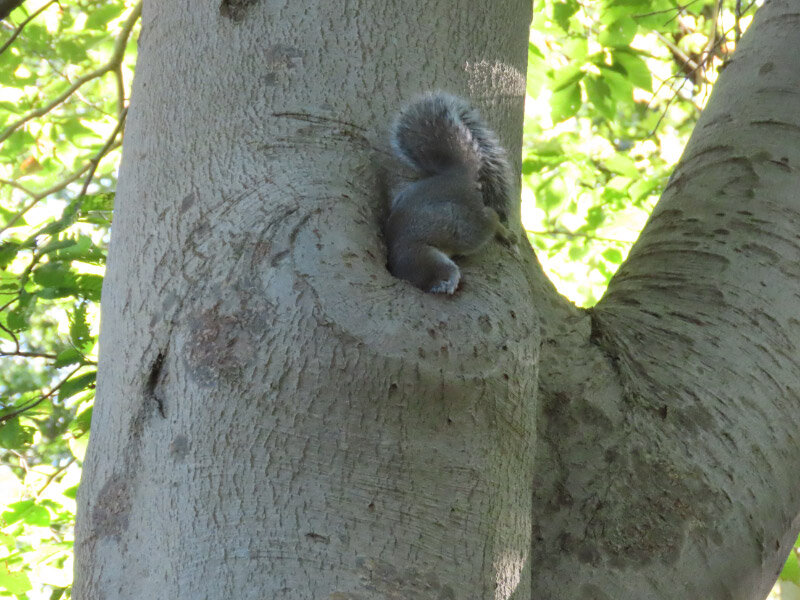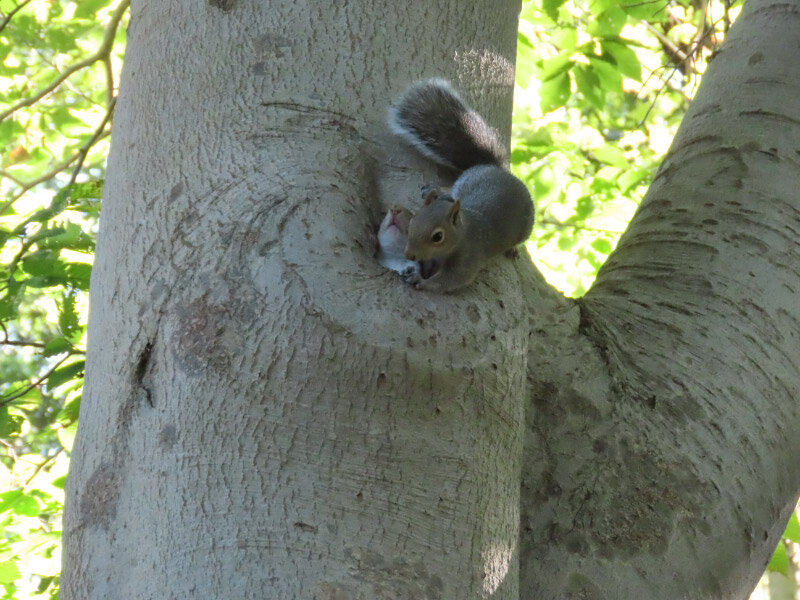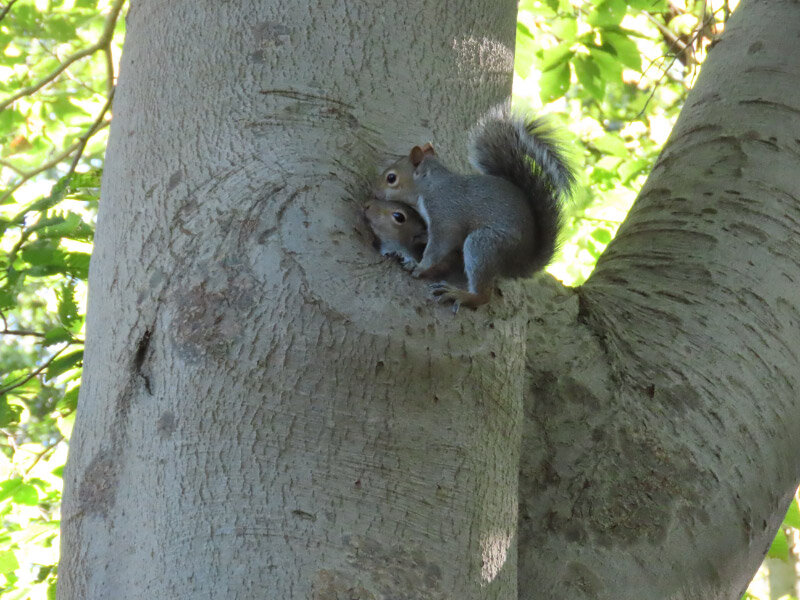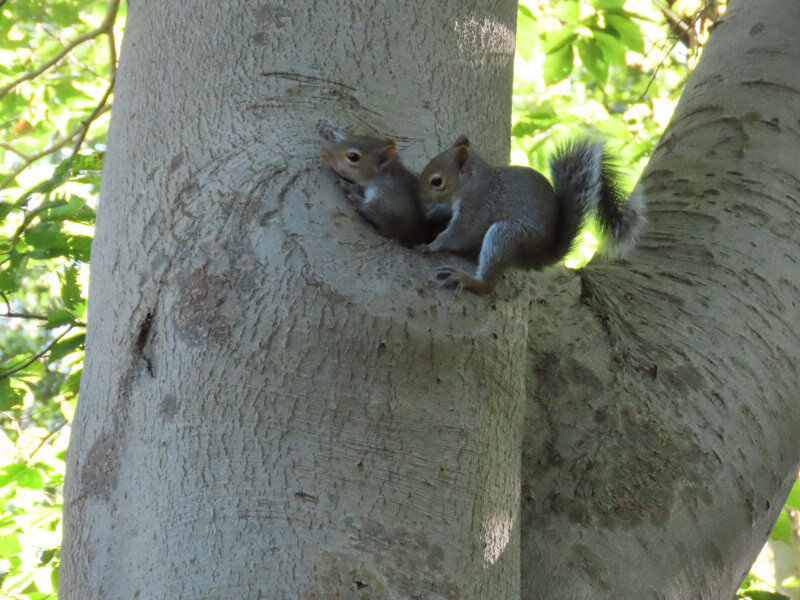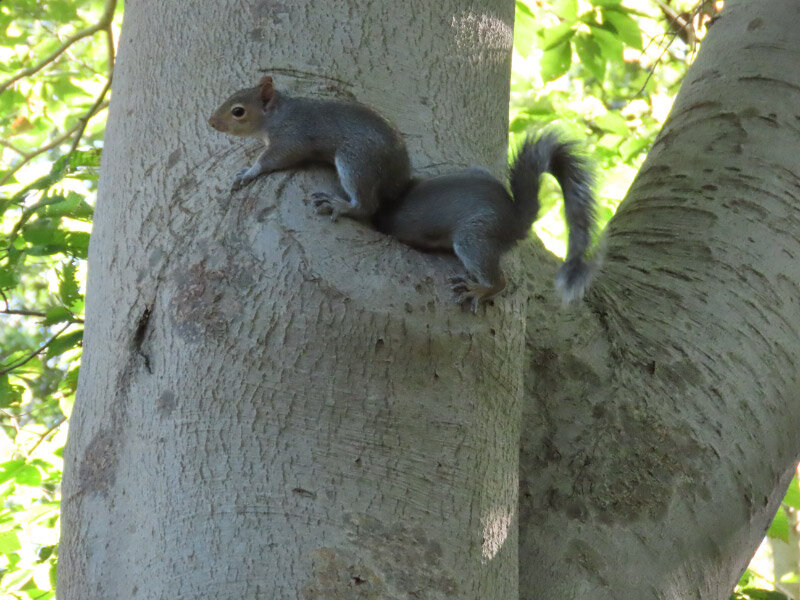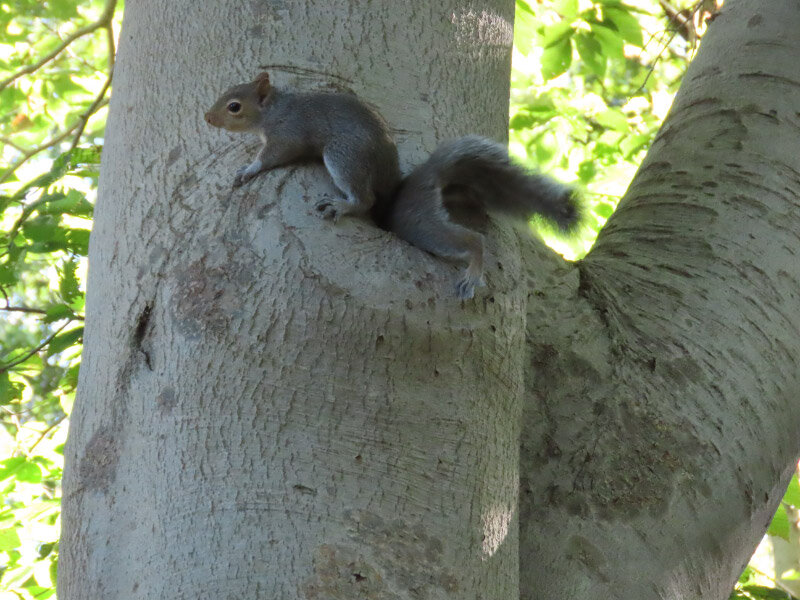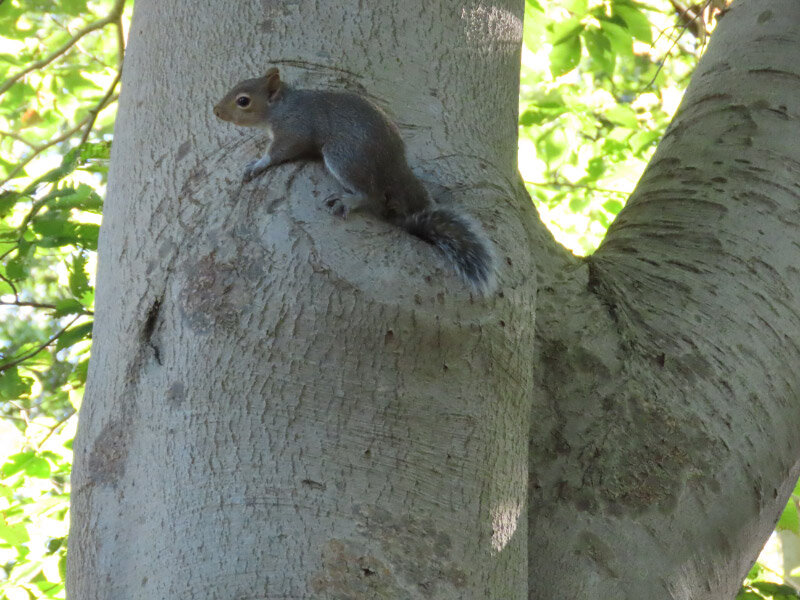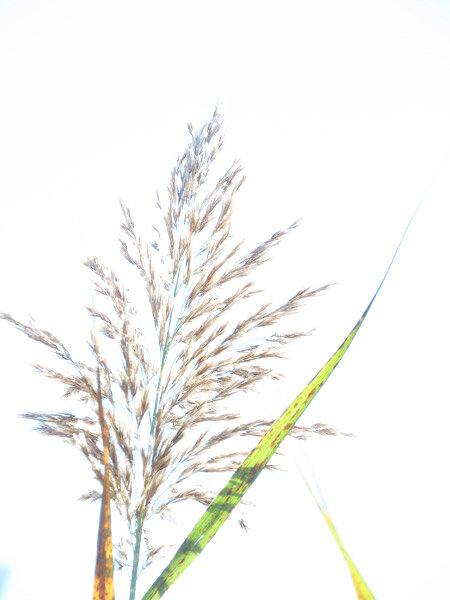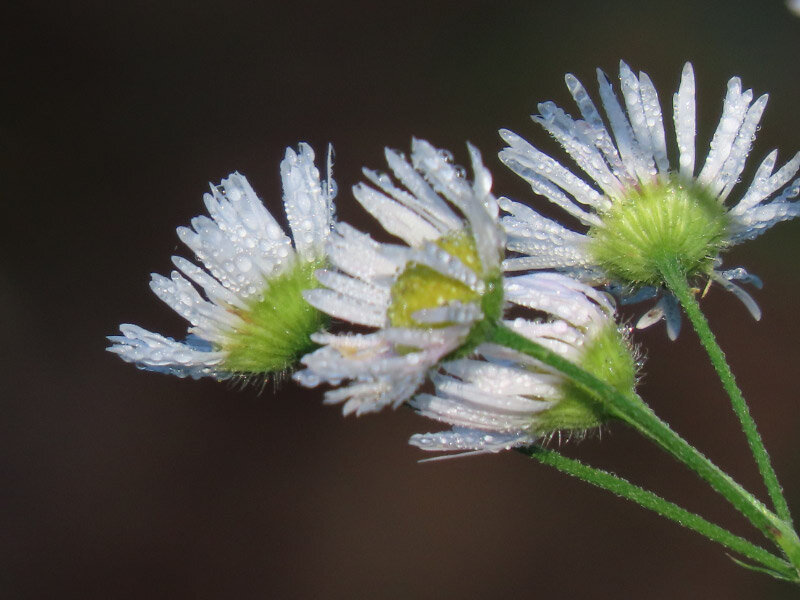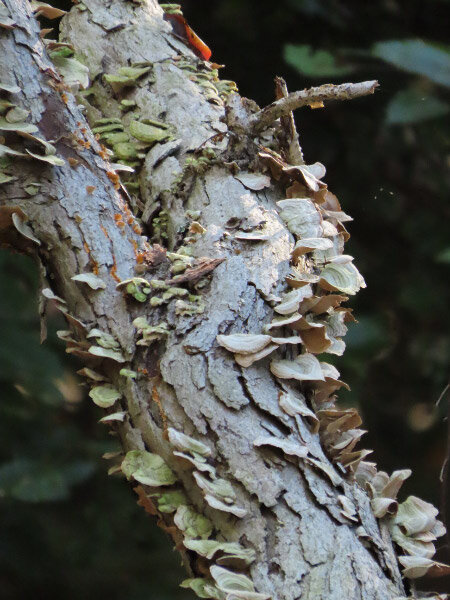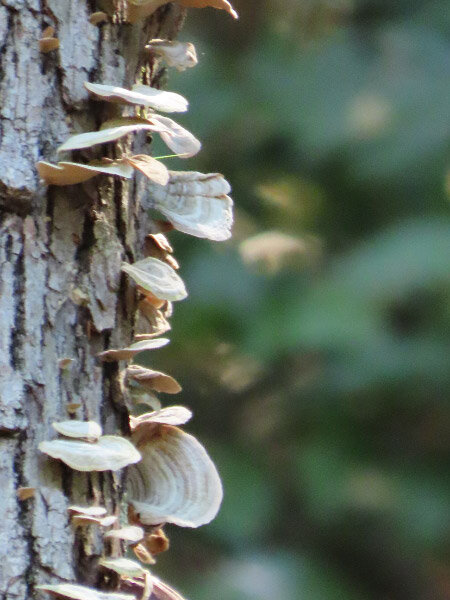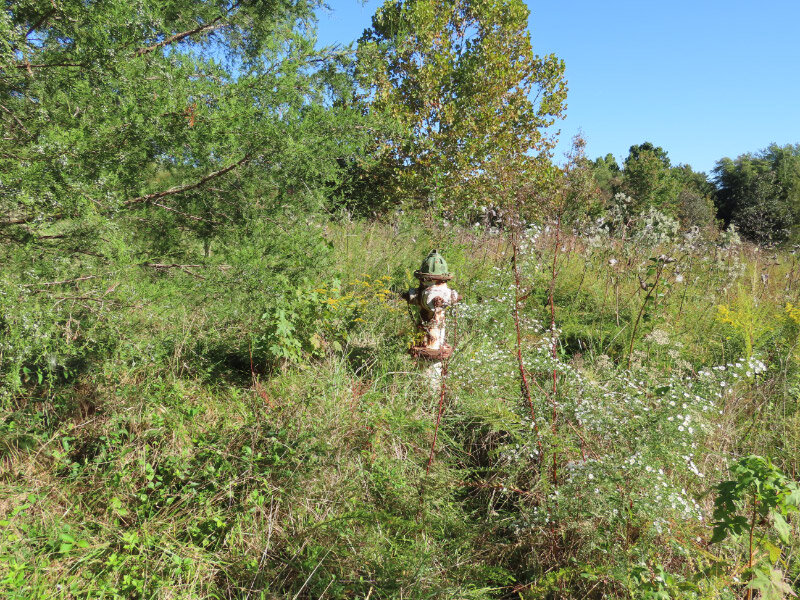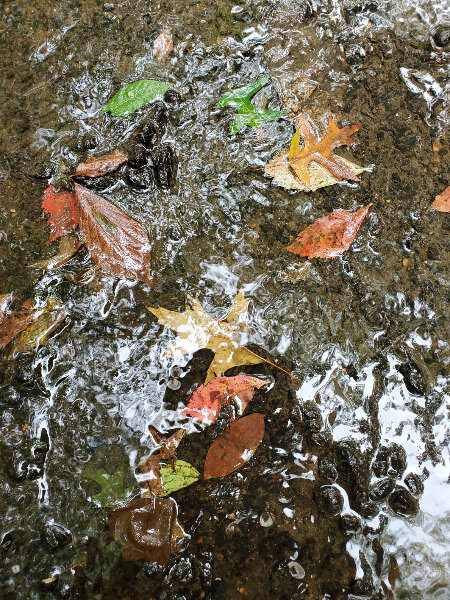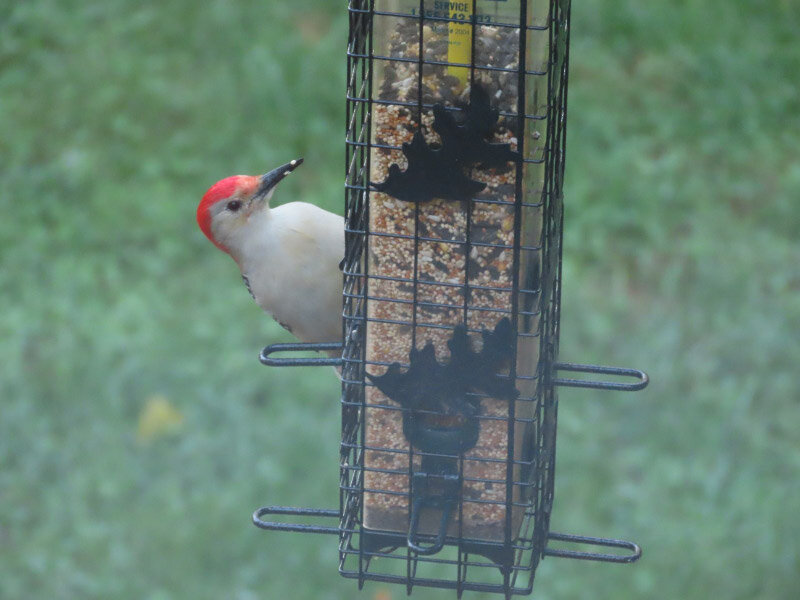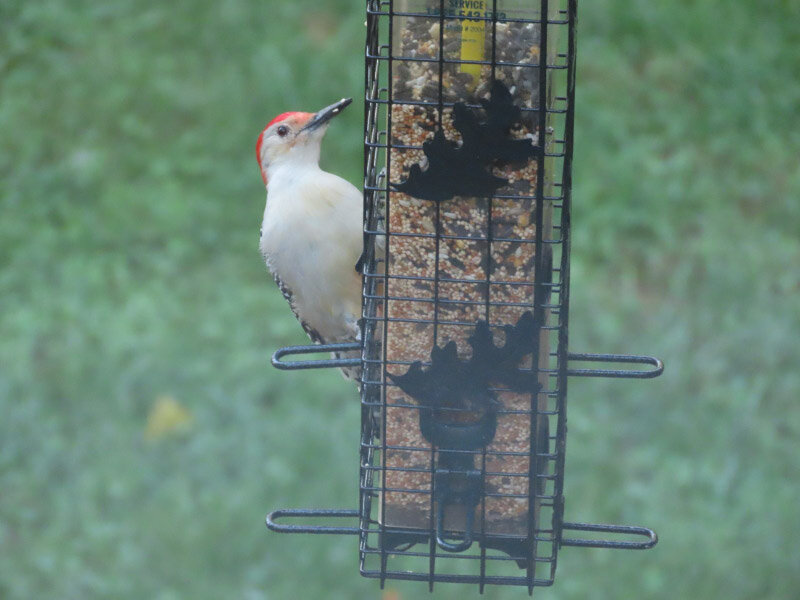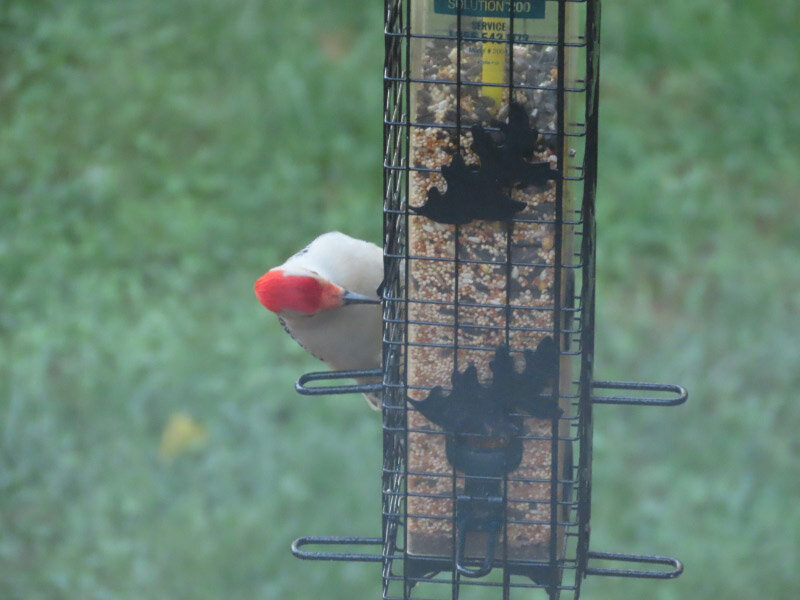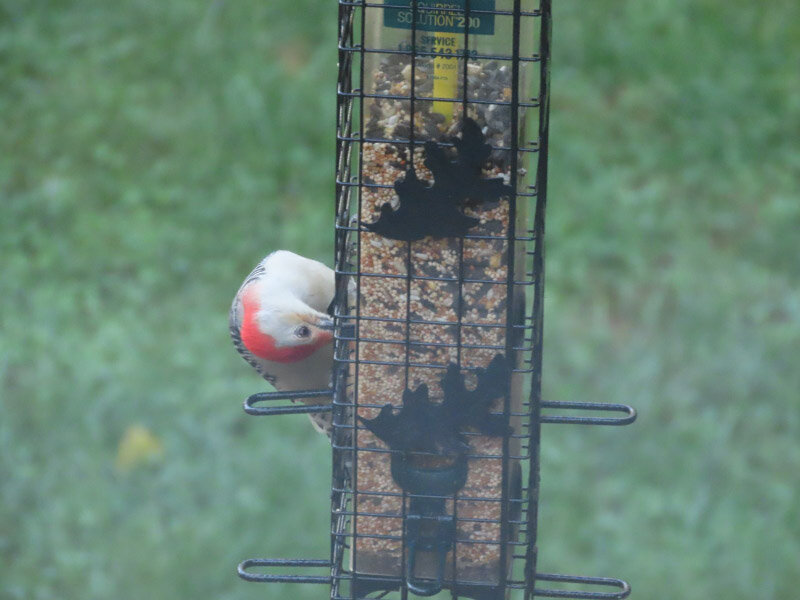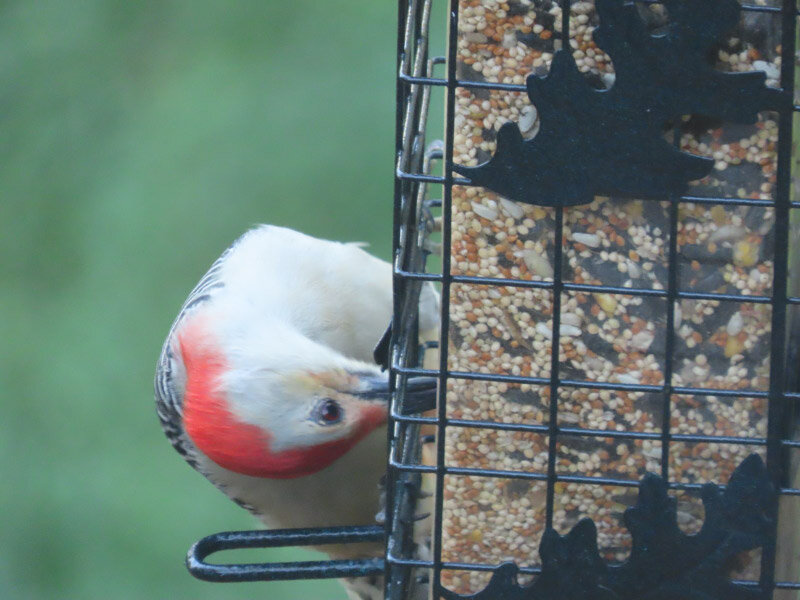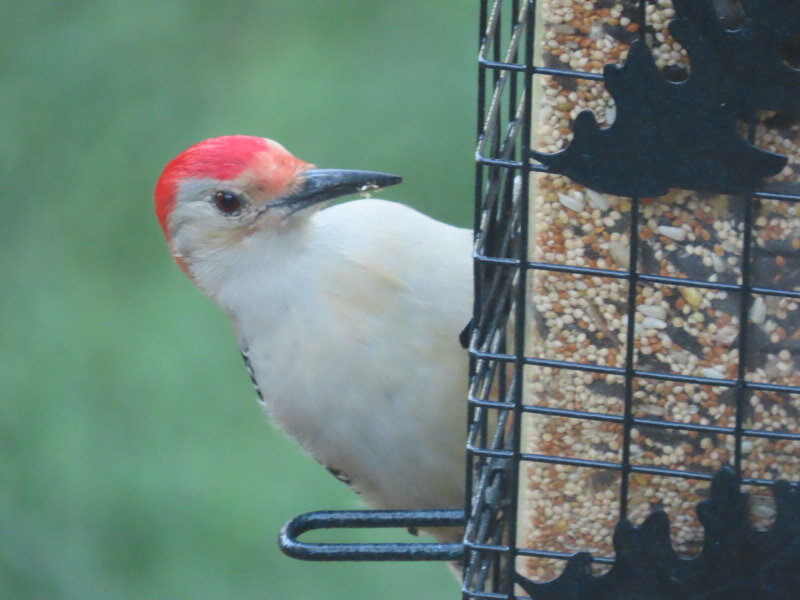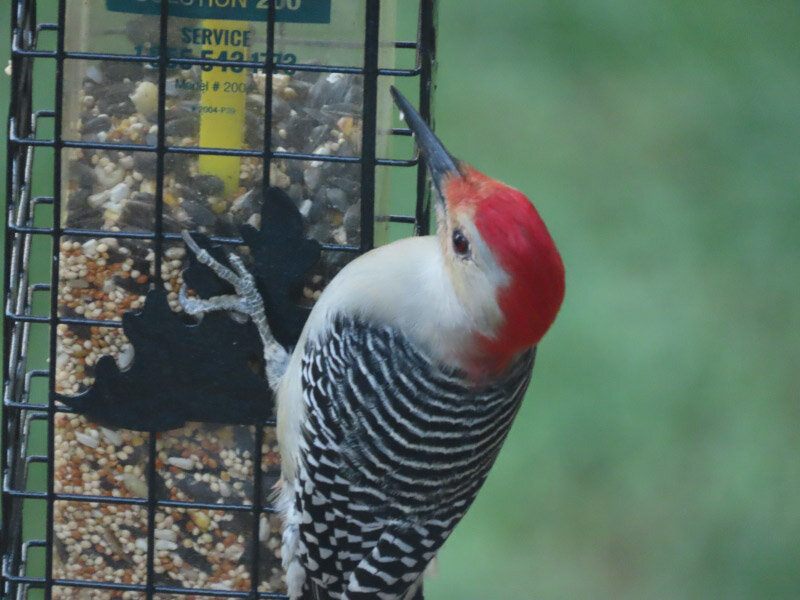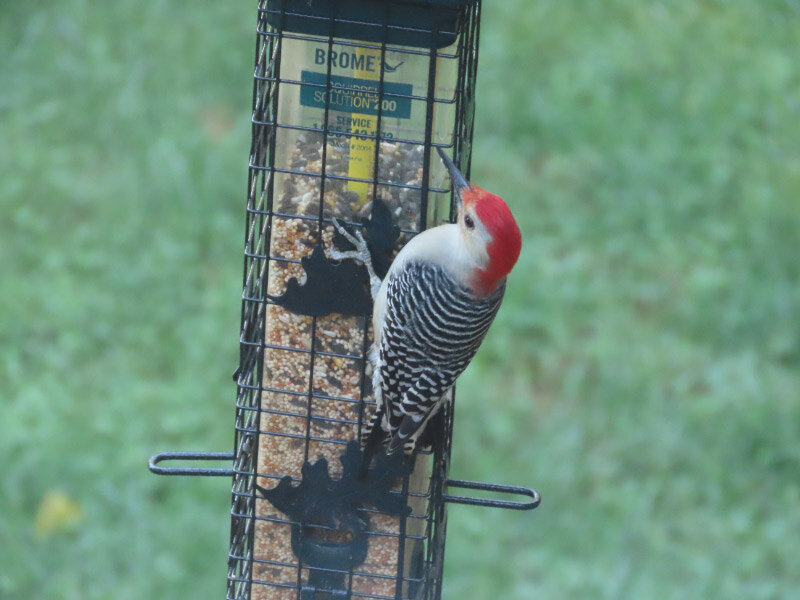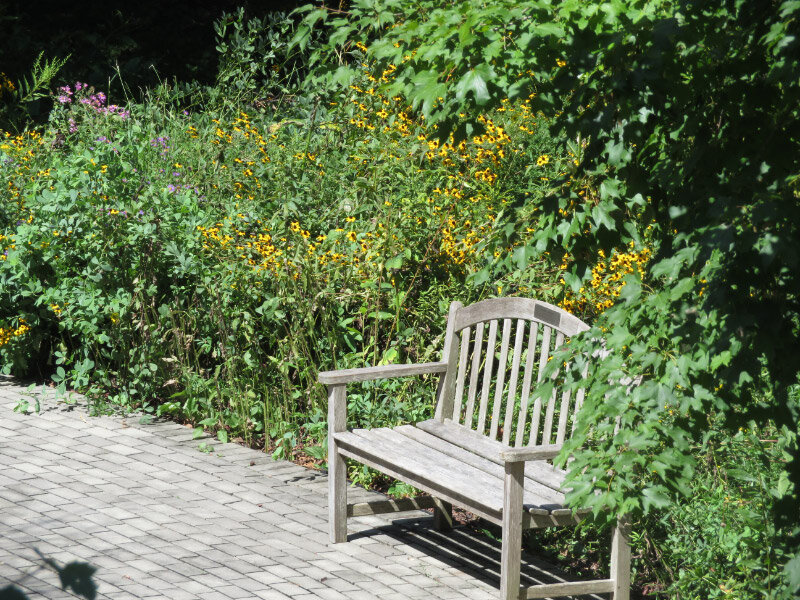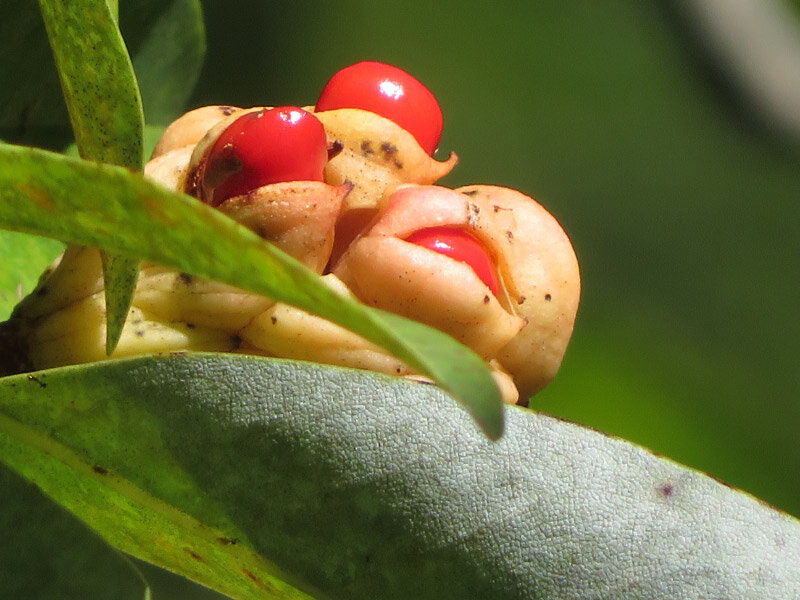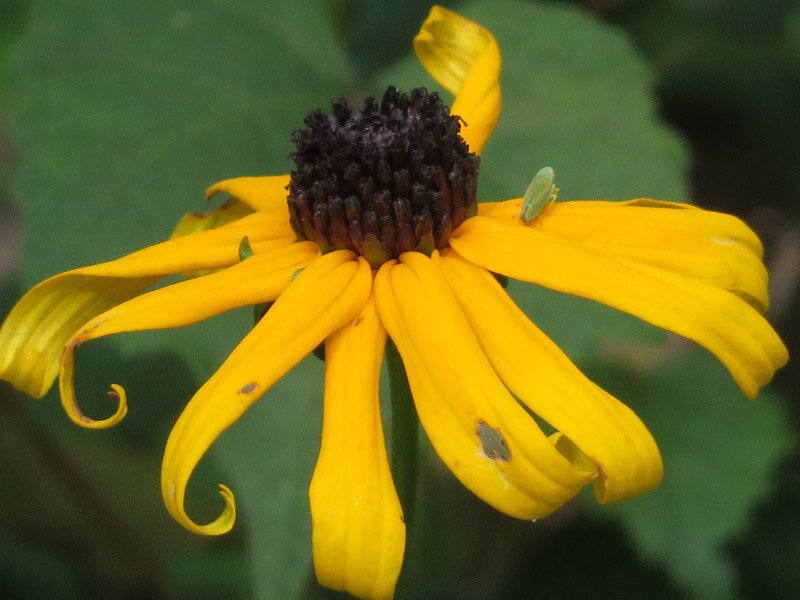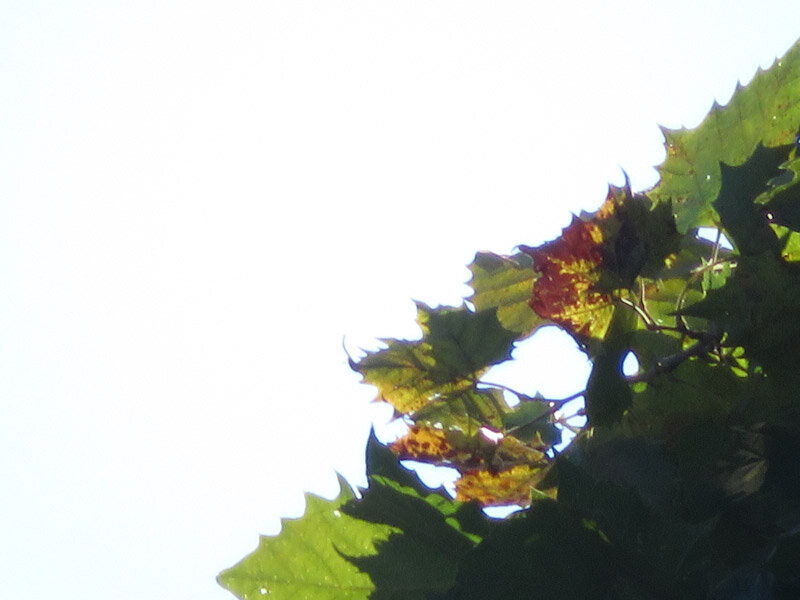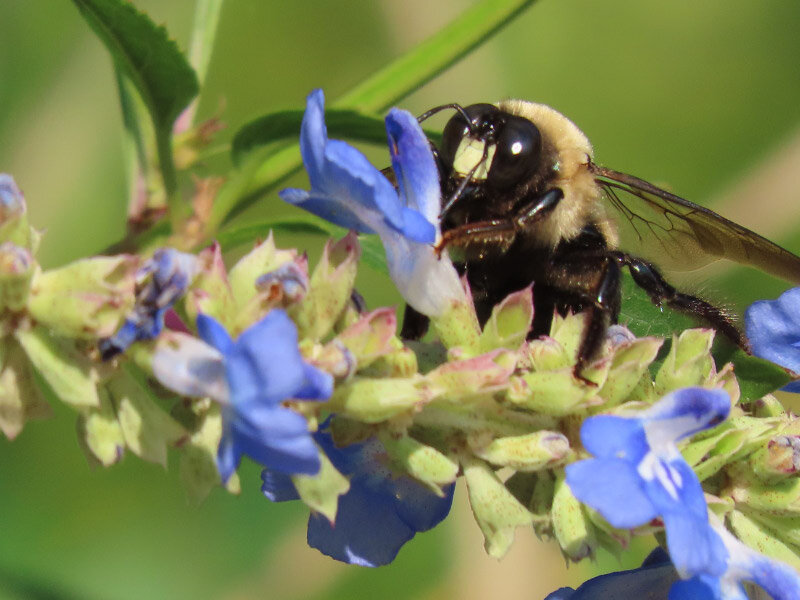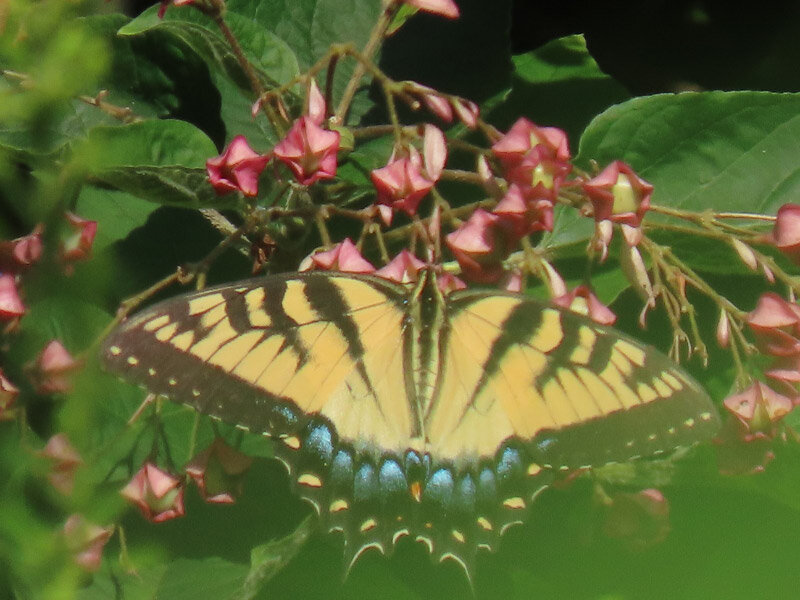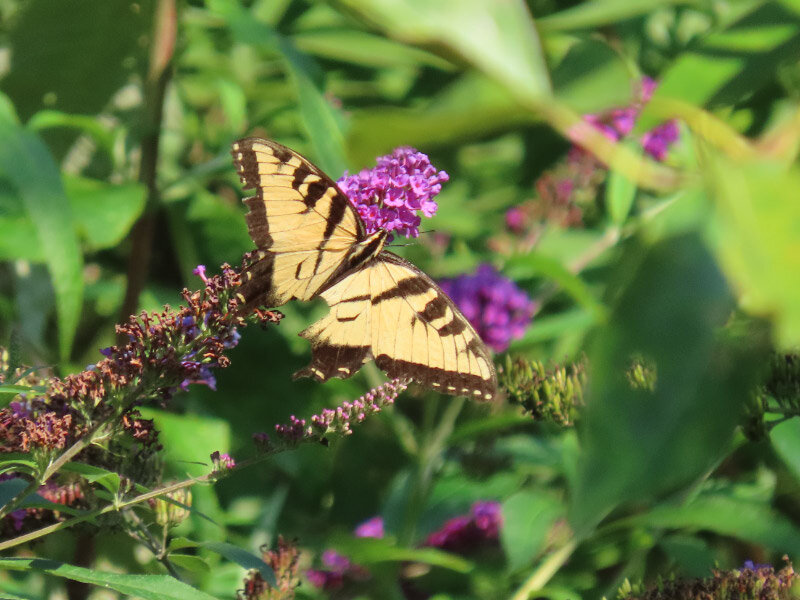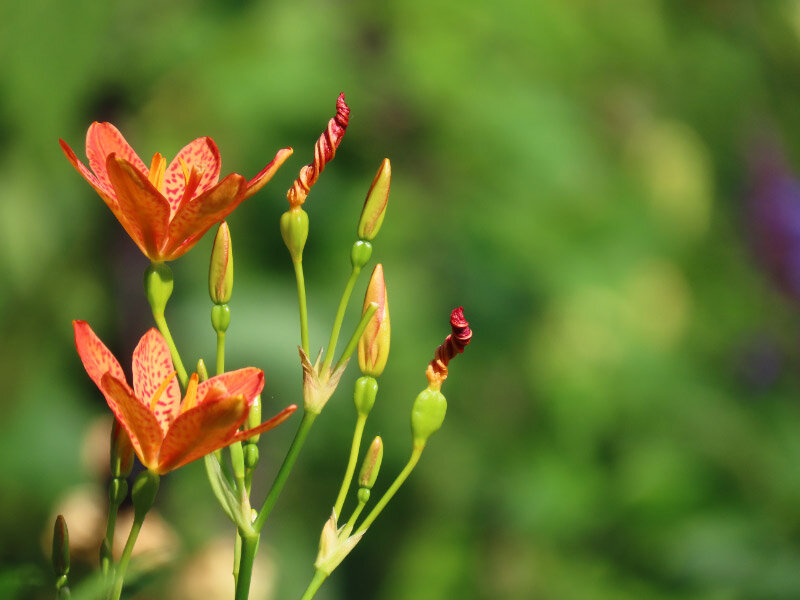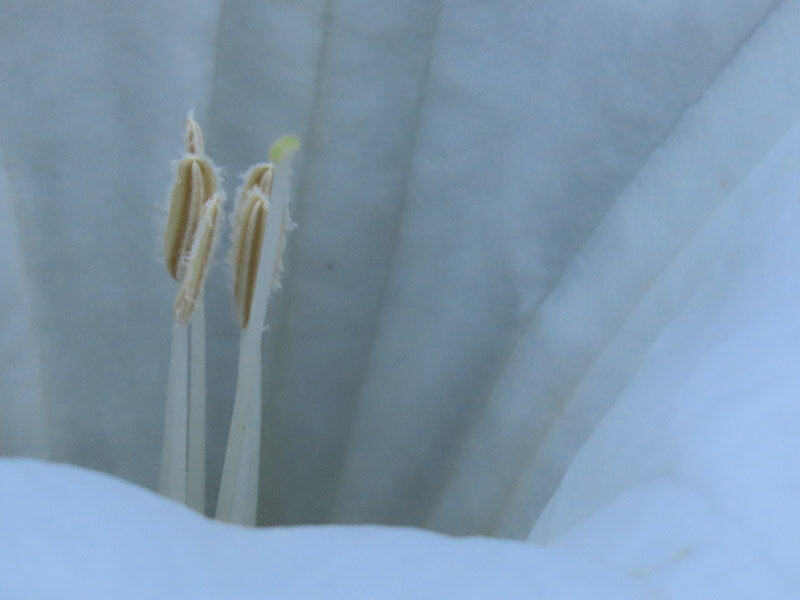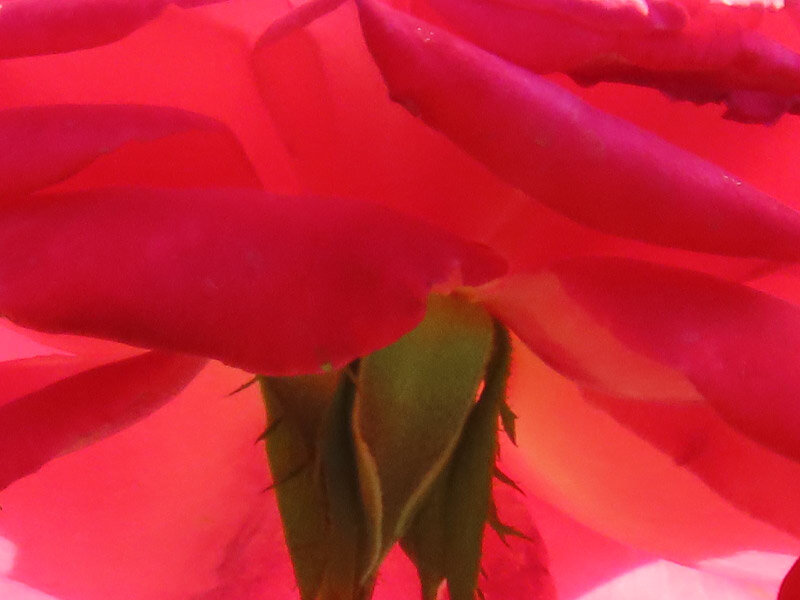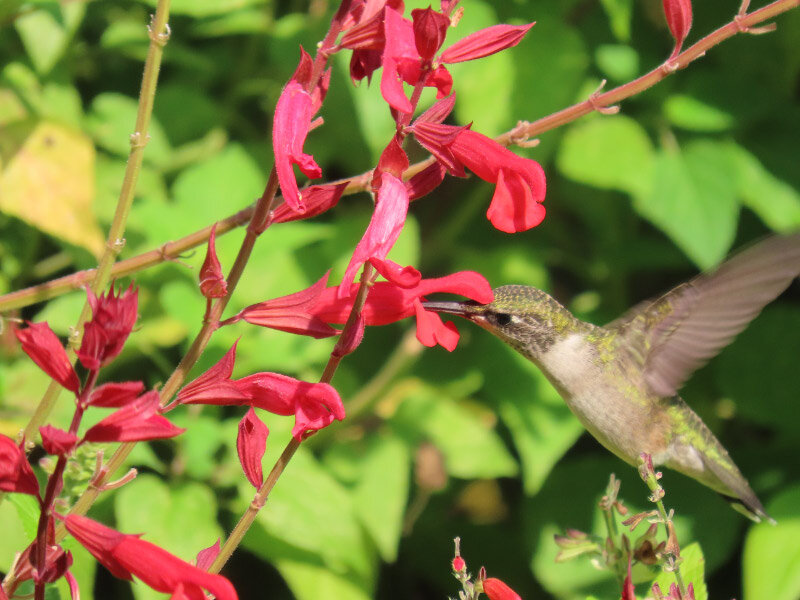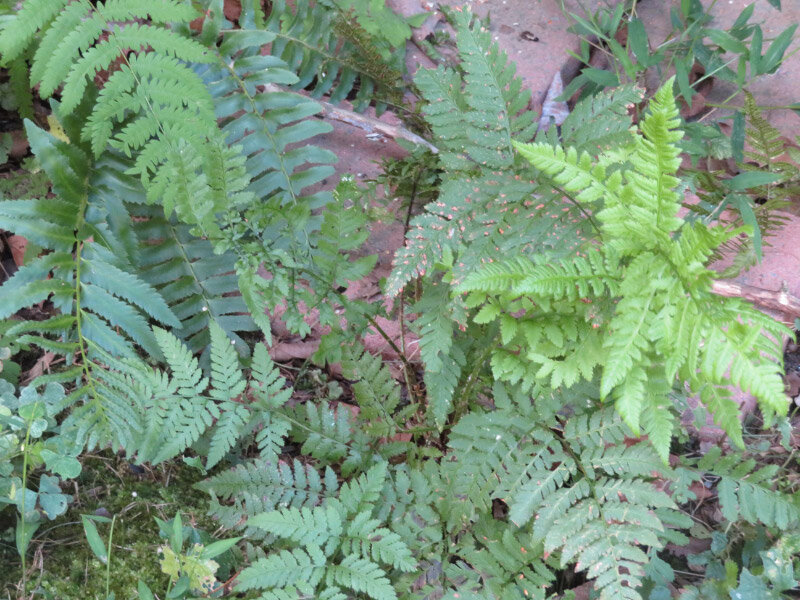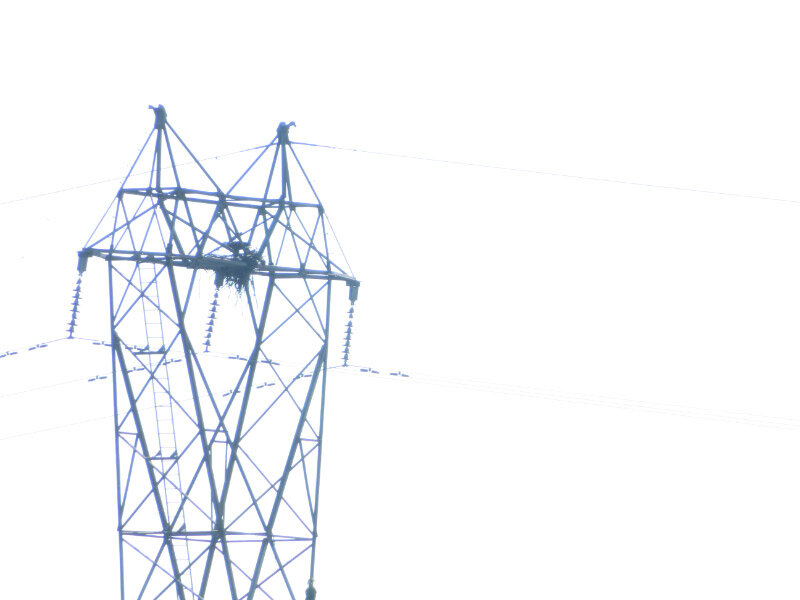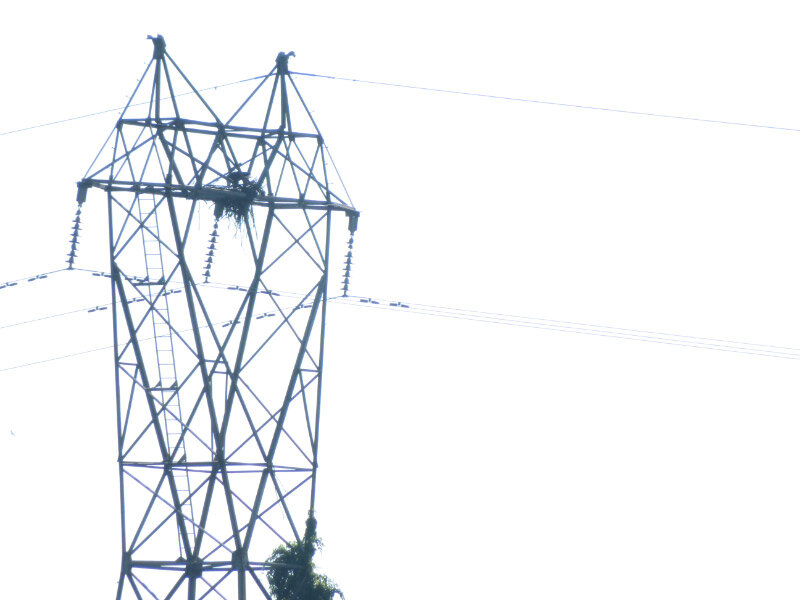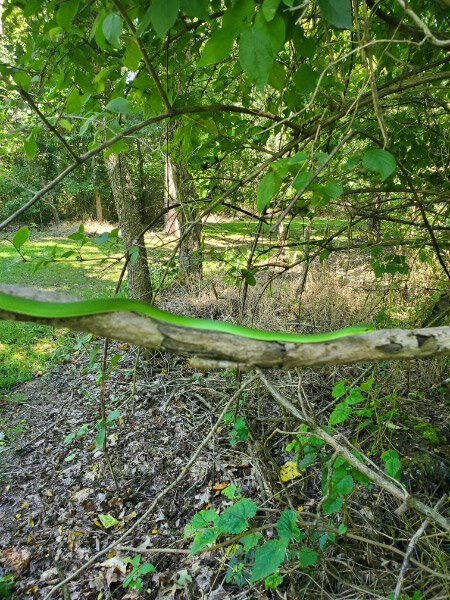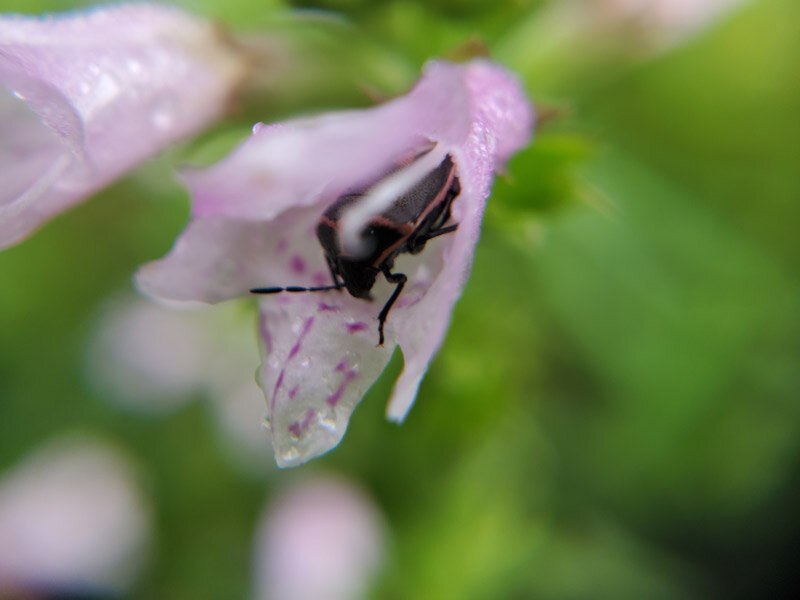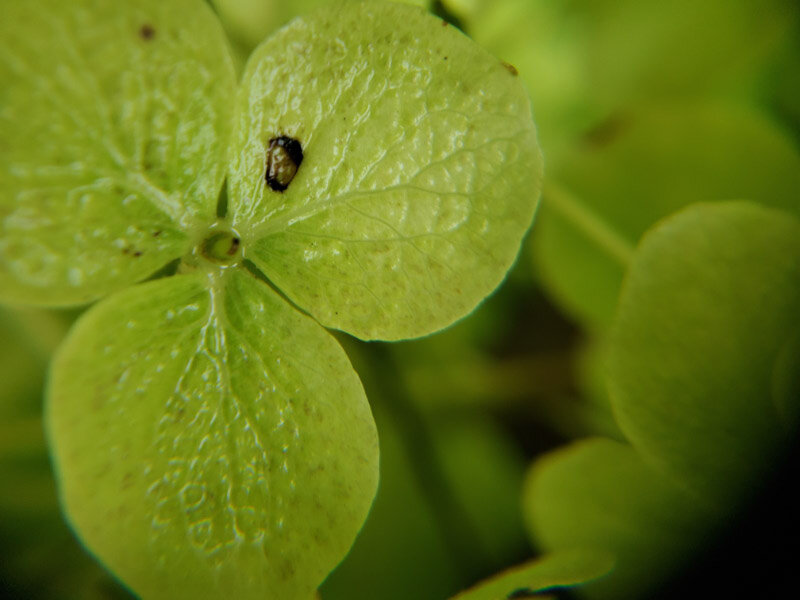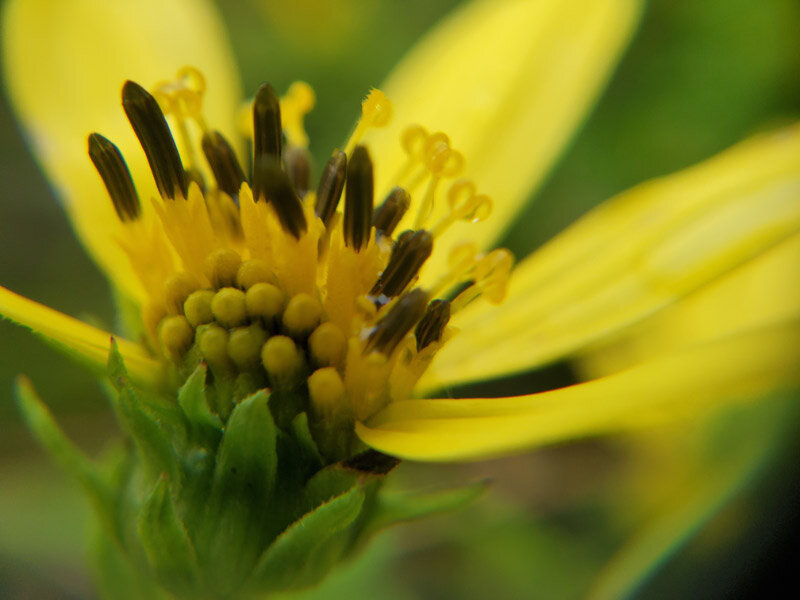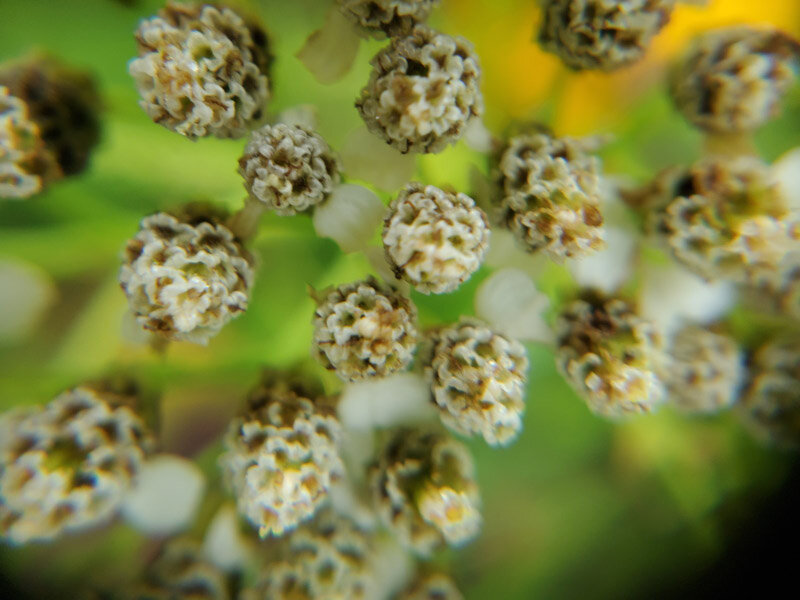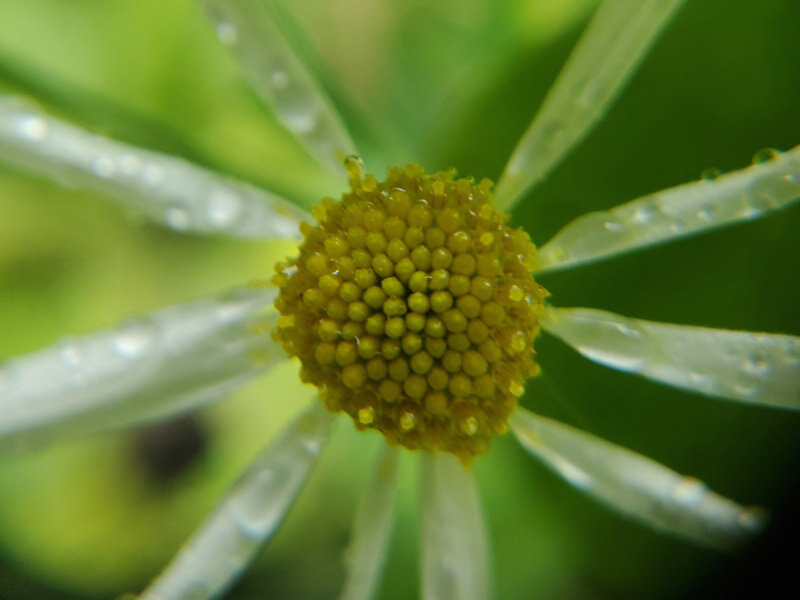Gleanings of the Week Ending October 16, 2021
/The items below were ‘the cream’ of the articles and websites I found this past week. Click on the light green text to look at the article.
How to Easily Catch Spotted Lanternflies Using a Water Bottle – These insects have invaded Maryland, but I haven’t seen them yet. Maybe this is a reason to put an empty plastic water bottle in the car – just in case.
Exposure to deadly urban heat worldwide has tripled in recent decades, says study – On of the topics in the schoolyard field trip for 6th graders was heat islands – it’s a good example of the impact of climate change around the world.
Smoky Clouds That Form Over Wildfires Produce Less Rain – Drought…forests burning…and then less rain. Aargh!
8 Fall Nature Experiences to Enjoy – There are so many things to enjoy in the outdoors during the fall – as the heat of summer fades away.
Exploring The Parks: 10 Historic Sites To Visit This Fall – More ideas for fall activities. I’ve been to all the sites they list that are on the east coast…but not necessarily in the fall.
NASA and USGS Launch Landsat 9 – The first Landsat was launched in July 1972 – the year my husband and I graduated from high school.
A new solid-state battery surprises the researchers who created it – Solid state electrolyte and an all-silicon anode – faster charge rates at room to low temperatures. There is a lot of battery research going on now …coming up with batteries that will help achieve the grid storage and transportation needs of the future.
Young People Are Anxious About Climate Change And Say Governments Are Failing Them – It’s not just young people that have this anxiety. Everyone I know has climate change anxiety….and say governments are failing us all.
Wind energy can deliver vital slash to global warming – It’s a component of the technology we need….it can’t solve everything alone but we have it ready to deploy now – and should just do it as quickly as we can. And it’s cheaper than using fossil fuels!
Yale Climate Change Maps 2020 – Results from a spring 2020 poll about climate change.


